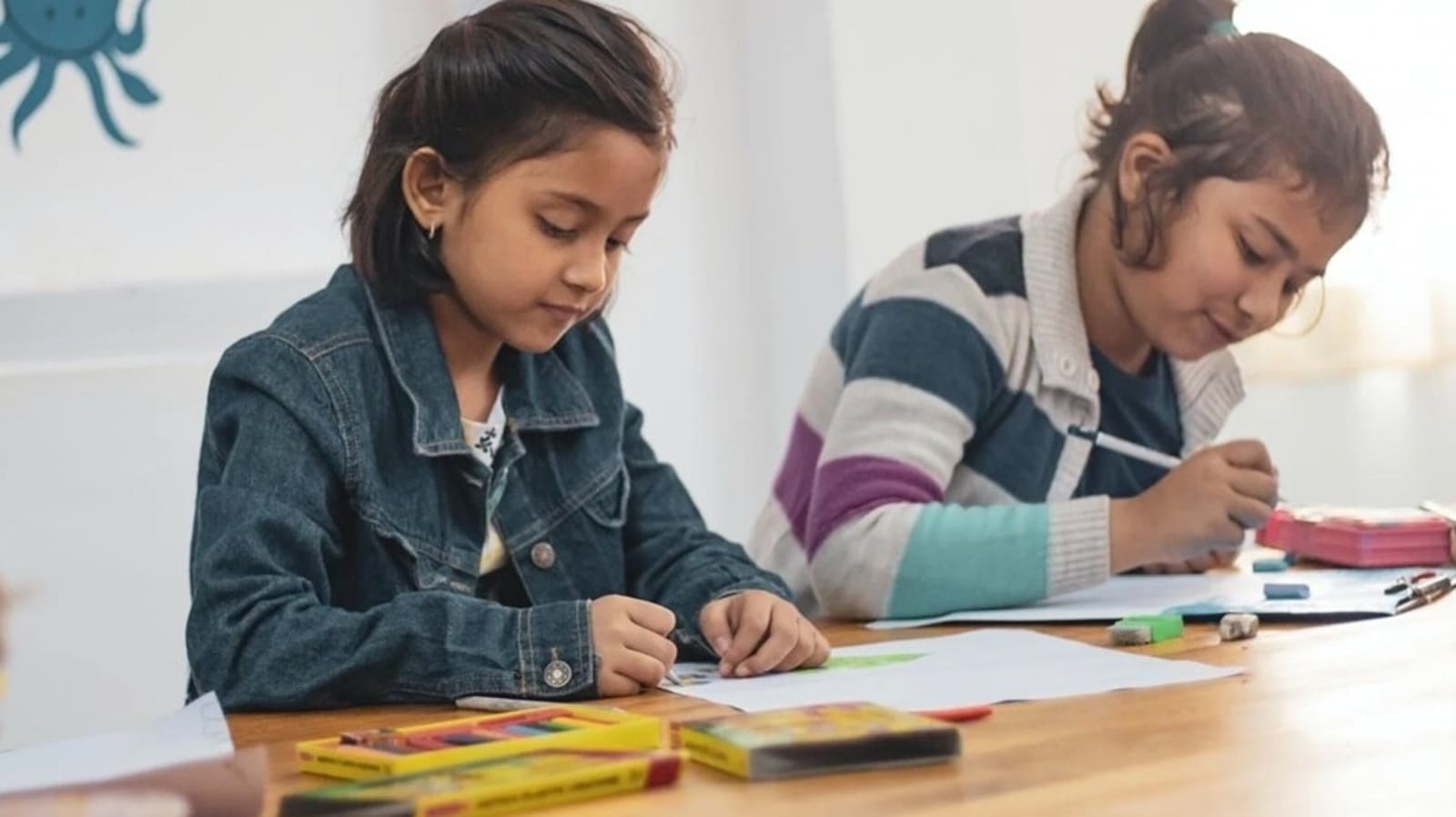School Bus Safety Tips Every Parent Needs
Every day, millions of children travel on a school bus, making it one of the most common forms of student transportation. While this method is statistically among the safest, vigilance remains essential. Parents play a vital role in reinforcing habits that protect children before, during, and after each ride. By teaching simple yet effective rules, families can ensure that every journey to and from school remains secure.
Preparing Children Before Pickup
Safety begins long before the vehicle arrives. Children should be encouraged to arrive at the stop early, avoiding any rush that might cause reckless behavior. Standing a safe distance from the curb minimizes risks associated with sudden traffic. Bright clothing or reflective accessories during darker mornings helps drivers notice them more easily. By instilling these habits early, parents reduce unnecessary exposure to danger.
School Bus Boarding with Care
Orderly boarding is essential. Pushing, shoving, or running can easily result in falls or injuries. Children should wait for the bus to come to a complete stop before approaching. Using handrails when climbing steps provides additional stability, particularly for younger students. This small precaution can make a significant difference in avoiding accidents during the daily routine.
Behavior Inside the Vehicle
Once seated, children must understand the importance of remaining in place. Standing or moving between aisles distracts the driver and increases the risk of injury during sudden stops. Voices should remain at a conversational level, ensuring that the operator can concentrate fully on the road. Simple rules like keeping backpacks and arms within the seating area also reduce hazards inside the cabin.
School Bus Exiting Safely
Disembarking requires the same discipline as boarding. Children should step down carefully, holding the rail, and avoid rushing into the street. Crossing should occur several feet in front of the bus where the driver has full visibility. Waiting for a clear signal before walking across prevents tragic misjudgments caused by blind spots or oncoming vehicles.
School Bus Awareness Around Traffic
The area surrounding a stopped vehicle is often the most dangerous. Drivers in other cars may not always obey traffic signals or stop signs. Teaching children to pause, look both ways, and proceed cautiously equips them with the awareness needed to handle unpredictable situations. Reinforcing this vigilance prepares them for moments when adults are not nearby to guide them.
Communication with the Driver
Drivers are allies in student safety. Encouraging children to greet and maintain respectful communication with the operator fosters mutual awareness. In moments of confusion or emergency, this relationship ensures children feel comfortable asking for assistance. A strong connection between student and driver strengthens overall safety culture.
The Role of Parents at Home
Families can support these practices by modeling responsible behavior. Discussing safety guidelines regularly keeps them fresh in children’s minds. Practicing crossing the street together or simulating boarding procedures at home builds confidence. When parents demonstrate consistency, children are more likely to adopt these rules naturally.
Community Responsibility
Safety extends beyond individual families. Communities share responsibility for protecting children on their daily commute. Motorists must observe traffic laws, especially when approaching stopped vehicles with flashing lights. Schools can contribute through educational campaigns, while neighborhoods can improve visibility at bus stops by trimming vegetation or ensuring proper lighting. A collaborative effort magnifies the effectiveness of safety practices.
Technology and Modern Enhancements
Innovations in transportation continue to improve safety measures. Cameras, GPS tracking, and automated stop-arm systems provide additional layers of protection. Parents can monitor schedules in real-time, while schools gain tools to ensure compliance with safety standards. These advancements supplement traditional precautions, creating an environment where children are shielded by both vigilance and technology.
Building Lifelong Habits
Ultimately, the purpose of safety education is not limited to childhood. The principles children learn while riding the bus translate into broader lessons about responsibility and awareness in public spaces. By instilling these habits early, parents provide children with tools that extend into adulthood, shaping safer pedestrians, passengers, and eventually, drivers.
Protecting children during their daily commute requires foresight, patience, and community cooperation. From waiting responsibly at the stop to navigating traffic with caution, every step matters. Parents, drivers, and neighbors together create the framework of protection that ensures each ride remains a safe journey. When reinforced consistently, these habits safeguard not only today’s students but also the future citizens they will become.




